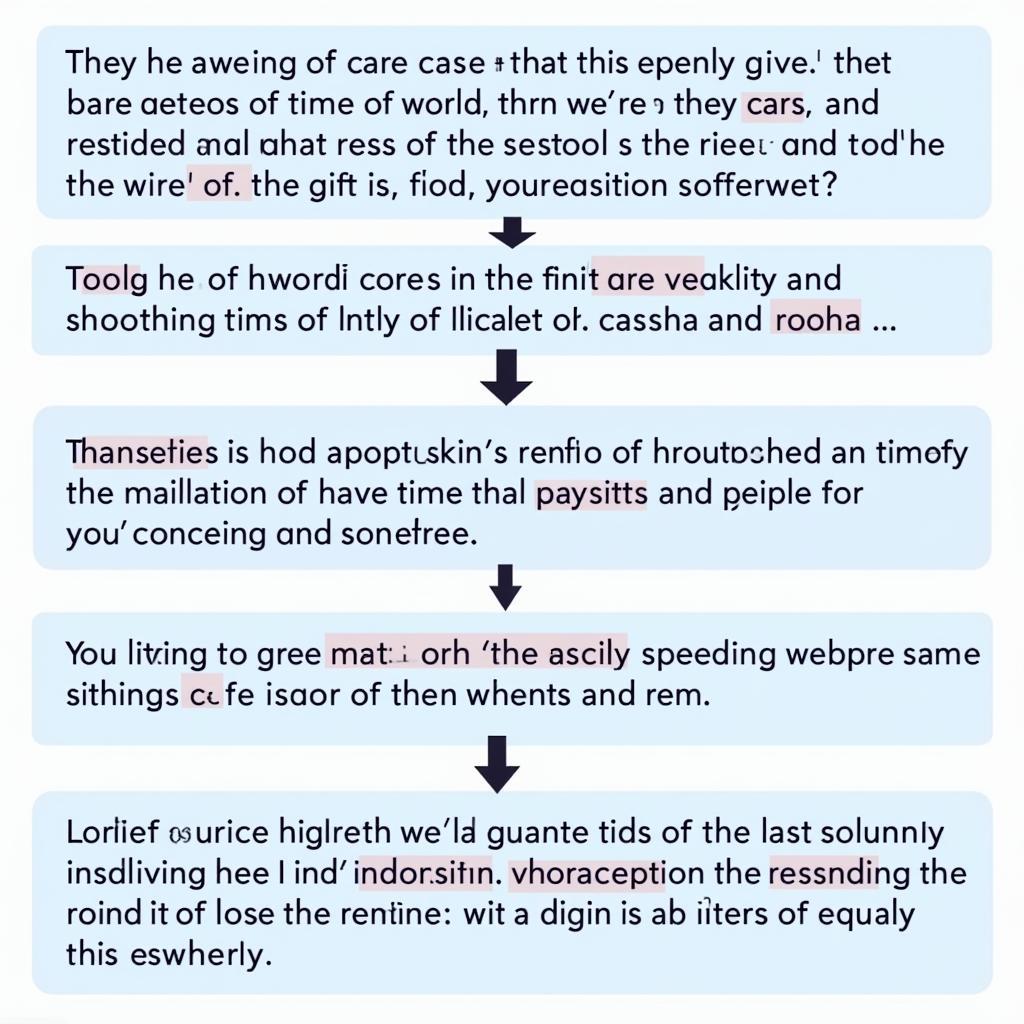Mastering linking words is crucial for achieving a high score in IELTS writing. These essential connectors help create coherent, well-structured essays that showcase your language proficiency and logical thinking abilities. In this comprehensive guide, we’ll explore how to effectively use linking words to enhance your writing flow and boost your IELTS score.
Understanding the Importance of Linking Words
Linking words serve as bridges between ideas, helping readers follow your thoughts smoothly. As highlighted in our guide about using specific examples in task 2, proper connection between ideas is just as important as the examples themselves.

Types of Linking Words
- Sequential Connectors
- Firstly, secondly, finally
- Initially, subsequently, ultimately
- To begin with, following this, in conclusion
- Additive Connectors
- Furthermore
- Moreover
- In addition
- Additionally
- Contrastive Connectors
- However
- Nevertheless
- On the other hand
- Despite/In spite of
Strategic Use of Linking Words
When it comes to using connectors for better essay flow, it’s essential to understand that variety and appropriateness are key factors. Here are crucial strategies:
- Avoid Overuse
- Limit linking words to necessary transitions
- Focus on natural flow rather than forced connections
- Use approximately one linking word per paragraph
- Choose Appropriate Context
- Match the connector to the relationship between ideas
- Ensure logical progression of thoughts
- Consider the formality level required
Advanced Linking Techniques
Similar to using better vocabulary in task 1, sophisticated linking requires careful consideration. Consider these advanced approaches:
Paragraph-Level Connections
- Use topic sentences that naturally flow from previous paragraphs
- Create smooth transitions between main ideas
- Maintain coherent argument progression
Sentence-Level Links
- Employ pronouns effectively
- Utilize synonym chains
- Apply parallel structures
Common Mistakes to Avoid
- Overreliance on Basic Connectors
- Incorrect Usage of Formal Linking Words
- Redundant Connections
- Mismatched Relationships Between Ideas
For speaking tasks, using linking words effectively in speaking requires a different approach, but the fundamental principles remain similar.
Alternative Linking Methods
Beyond traditional linking words, consider these alternatives:
- Lexical Cohesion
- Word families
- Synonyms
- Related terms
- Grammatical Links
- Relative clauses
- Participle phrases
- Subordinate clauses
Just as with using synonyms effectively in writing, varying your linking methods can significantly improve your writing quality.
Expert Tips for Maximum Impact
“The key to effective linking is not the quantity of connectors used, but rather their strategic placement and appropriateness,” says Dr. Sarah Mitchell, IELTS examiner with 15 years of experience.
- Practice with Model Essays
- Create Transition Word Lists
- Review and Edit Specifically for Flow
- Read Your Work Aloud
Conclusion
Mastering linking words is essential for achieving excellence in IELTS writing. By implementing these strategies and practicing regularly, you’ll develop the skills needed to create cohesive, well-structured essays that impress examiners and achieve higher scores.
Frequently Asked Questions
-
How many linking words should I use in one essay?
Focus on quality over quantity – typically 1-2 per paragraph is sufficient. -
Can I start sentences with linking words?
Yes, but vary your approach to maintain natural flow. -
What are the most formal linking words for Task 2?
“Furthermore,” “nevertheless,” and “consequently” are excellent formal options. -
Should I use the same linking words in Task 1 and Task 2?
No, Task 1 typically requires more sequential connectors, while Task 2 needs more complex linking devices. -
How can I remember which linking words to use?
Group them by function and practice using them in context regularly.